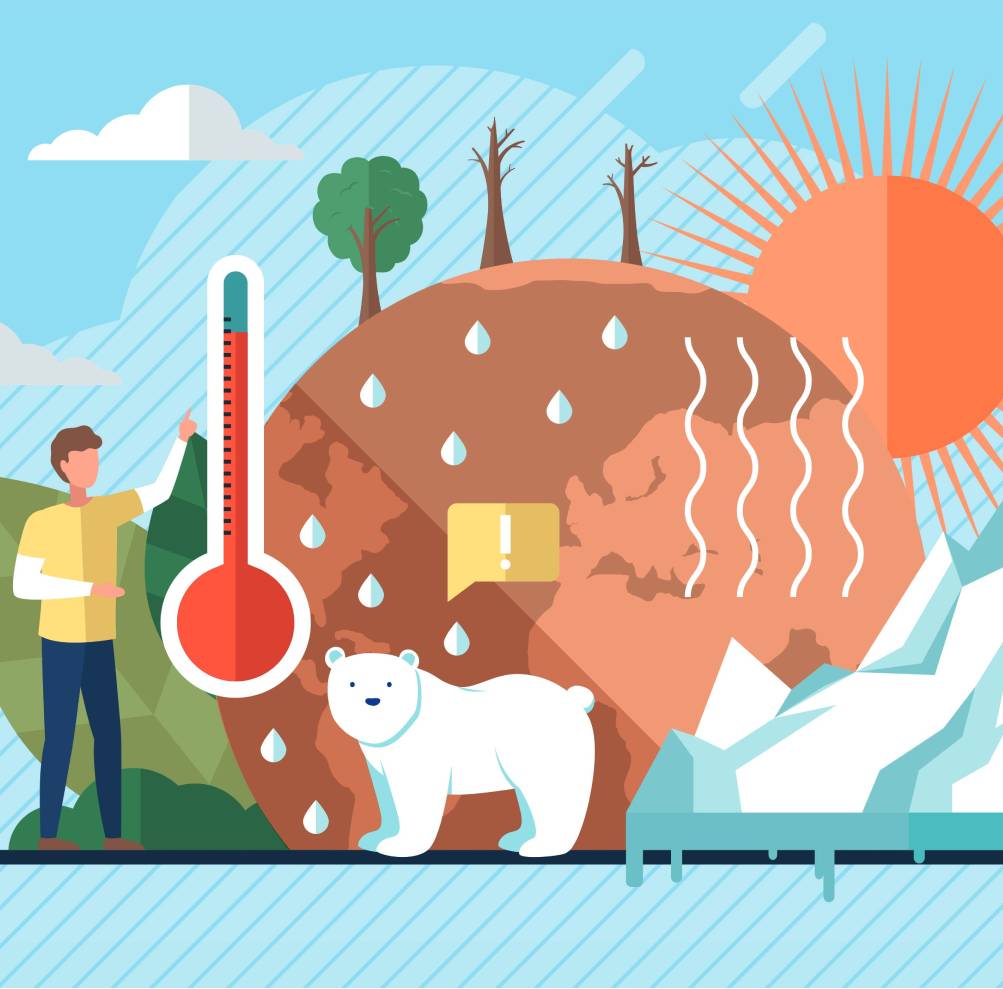- 10 % of the Earth’s snow cover has already melted, with the sea ice at the North Pole melting rapidly.
- Glaciers worldwide, like Greenland’s ice sheet, have been shrinking.
- Sea levels are rising.
- Ocean temperatures are rising.
- The winter season around the world has become shorter by two weeks.
- Heat waves are becoming more frequent.
- There are more floods and droughts.
- There is less rain in the major food-producing regions of the world.
- Global warming can lead to rising extreme temperatures and extreme weather events.
- It can lead to a falling crop yield. A rise of every 1 degree Celsius in temperature leads to a drop in crop yields for major food staples, like wheat, rice, and corn, by 10 %!
- It can also lead to the spread of diseases like dengue and malaria.

